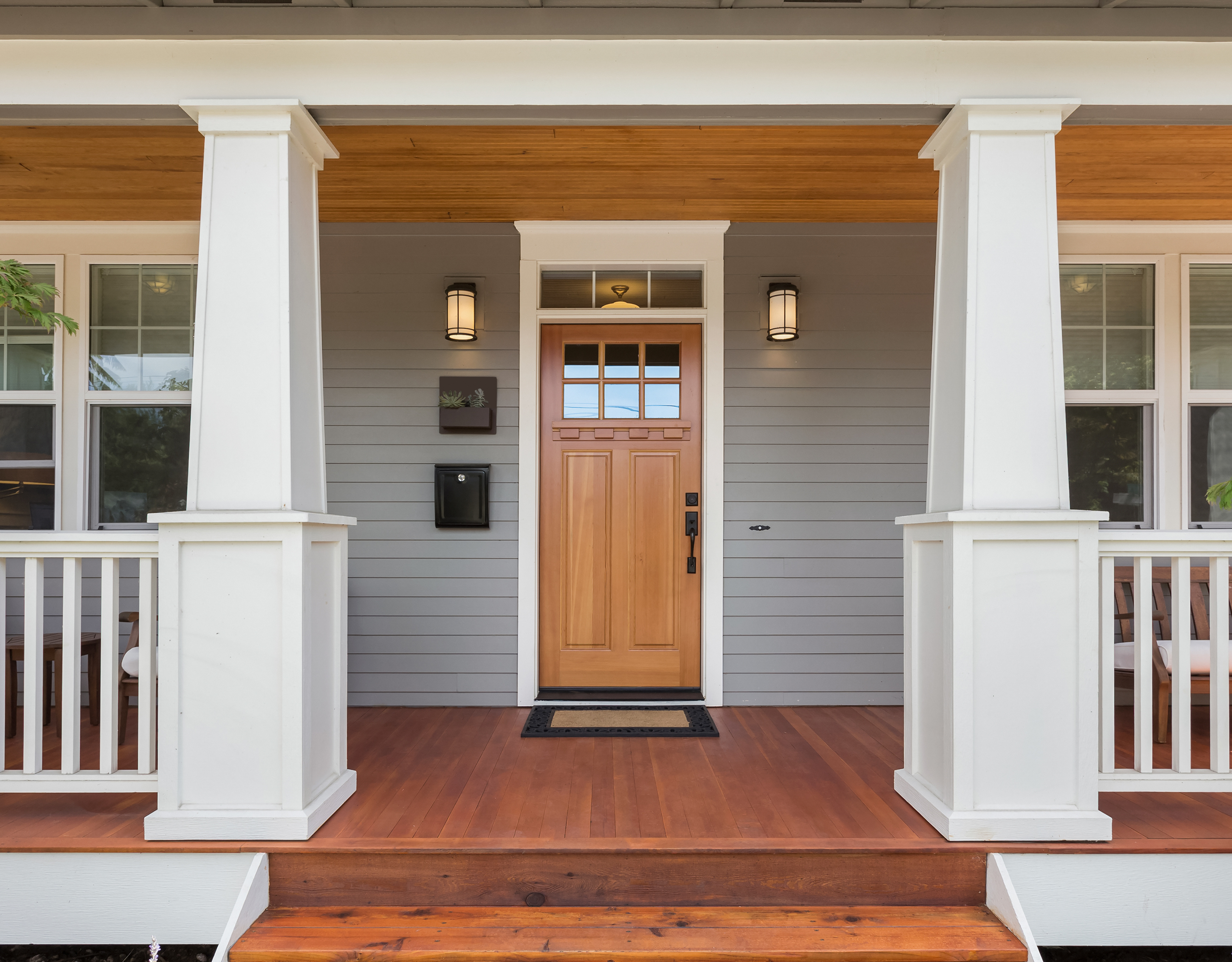“Premier Twin Cities residential design-build firm Bluestem Remodeling has built an award-winning reputation thanks to its signature process that focuses on strong collaboration and close communication with homeowners. From initial design plans to final construction, the company’s attentive team of specialists and designers guides clients through each step in the renovation journey.
Here, owners and husbands Mark and Timothy Ferraro-Hauck discuss Bluestem’s unique design-build process, share what living artfully means to them and describe the feeling they hope to instill into every remodeling project.
What’s Bluestem’s design philosophy?
Mark Ferraro-Hauck: There are several factors we consider when approaching design. One is that we’re committed to crafting homes that will be ready for another generation or two. This is something we thoughtfully consider when thinking of the ways we’re going to live in the future. It goes beyond the overall style, the chosen surfaces and so on. It’s all about the energy we’re putting into it and really thinking about the homes we are entrusted to support as long-term investments.
Timothy Ferarro-Hauck: I think “responsive design” is a good way to describe what we do, because we’re responding to a home as it exists, the site it sits on and the homeowner’s needs. Plus we’re responding to a new set of challenges surrounding the realities of global climate change and trying to reduce our carbon footprint. There’s a responsiveness and a reciprocity both in our design process and in the final product.”
Can you describe Bluestem’s signature design process?
MFH: At Bluestem, we like to break design down into a couple of phases so that along the way there’s a chance to reconcile the project goals with a budget that’s intentionally clarified early on. You hear these stories about beautiful design work that ended up going way over budget. We try to work through those considerations simultaneously through a fairly rigorous process to ensure that clients are clear about what their project entails from the very beginning.
Another step that’s important to our work is that there’s a clear handoff from the design team to the production team. It’s one of the advantages of our design-build process, and we like to establish a deep familiarity with everyone who has a hand in bringing a project to life.
TFH: I think about a successful renovation project as a target, and the bull’s-eye is bringing together the right aesthetic, features, budget and structural needs. Our design process doesn’t go right for the bull’s-eye. It’s more of a spiral that starts around the outside and spirals its way there. There’s both an iterative and a refining nature that creates a journey for both the homeowners and us as design partners. Many clients are not prepared for all of the twists and turns that the journey could take. From dreaming of a new kitchen to realizing the final design, there is so much we learn together along the way and both the homeowner and the designer need to commit and be open to where the process may take them.
How do you approach the process of working with a new client?
MFH: We always aim to land in the sweet spot between design and the comfort of everyday living. We really listen to our clients to better understand how they live in their home and how we can create a space that responds to their daily needs, achieves aesthetic goals and serves as an emotionally nurturing place for their family and friends. I often ask clients to consider the environments they’ve been where they felt comfortable and safe, and what it was about those spaces that really struck them. We then dive into deep conversations about what their home means to them, how exactly they need it to live and the kinds of things that bring them a sense of comfort. From there, we start to move into a design-focused mentality about how to visually and aesthetically accomplish their goals.
What does living artfully mean to you?
MFH: Many years ago, we had a client who lived in a postwar bungalow and absolutely loved the home and neighborhood, but the kitchen was really tiny (it was like cooking out of the back of a Boeing 747). In our first conversation, the client expressed that she wanted a space that her kids would enjoy hanging out in after school. We ended up designing a classic cottage kitchen that went on to win awards. But the most gratifying aspect was connecting with her years later and hearing how our process created an enriching environment.
TFH: Art is both micro and macro. An artist creates something, but it’s not until it connects with others that the work really starts to have a life of its own. I think our homes are similar; they are a part of the infrastructure of our lives and communities. As remodelers, we absolutely have a responsibility to the homeowners we work with, but we also have a responsibility to the community. I think living artfully is being able to look at the world around us with a wider, more knowing lens.
Can you describe the feeling Bluestem aims to achieve with every project?
MFH: One of the great joys of being in the remodeling world is that we work with a finite number of clients a year, meaning we often stay in close contact with them after a project wraps. It’s those personal relationships and the mutual understanding of the importance of home that makes every part of the process worth it. I love connecting with clients years later to hear how they’re living their life and making memories in their homes
TFH: Any renovation journey is an effort, particularly because clients are oftentimes still living in the space — which means there will naturally be a high level of disruption that can lead to stress for all involved. When we reach the end of a project, success is when the client feels that they have been listened to and cared for throughout the entire process. And we hope the journey ultimately served as a platform for new joy to be cultivated in their home for years to come.
See the article on Artful Living HERE.








